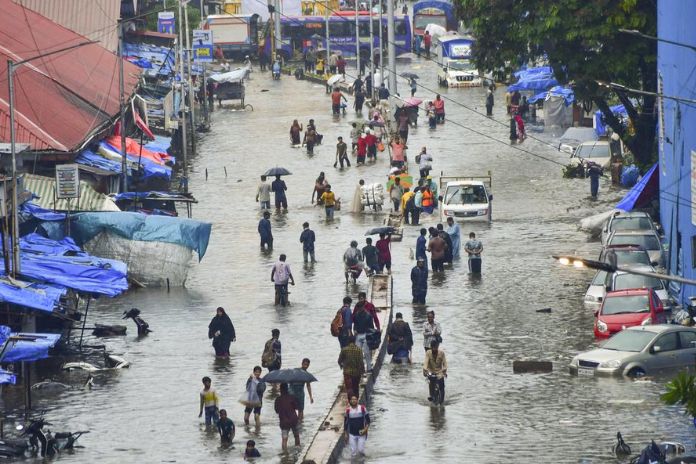India is witnessing an unusual weather phenomenon this year as the southwest monsoon has arrived much earlier than expected. According to the India Meteorological Department (IMD), the monsoon touched down in Kerala on May 24, a full eight days before the typical June 1 onset date. This early arrival marks the earliest in 16 years and has significant implications for various parts of the country, from coastal states to urban metros.
The southwest monsoon, a crucial weather system that brings nearly 70% of India’s annual rainfall, plays a vital role in the country’s agriculture, economy, and water resources. This year, its early entry has triggered both hope and concern. Farmers across India are preparing to begin sowing crops earlier, which could translate into a longer and potentially more productive growing season. At the same time, the early onset has brought severe weather warnings, especially for states along the western coast.
Kerala, which traditionally serves as the monsoon gateway for India, is currently experiencing extremely heavy rainfall. The IMD has issued red alerts for 11 districts in the state, including Ernakulam, Thrissur, Idukki, and Kozhikode. These areas are bracing for over 20 centimeters of rain within a 24-hour period. In addition to downpours, strong winds and sea waves reaching up to four meters have been forecast, prompting authorities to issue advisories for fishermen to stay ashore.
In Maharashtra, the monsoon arrived on May 25—ten days ahead of its average onset. The state, particularly Mumbai, has already faced urban flooding and transportation disruptions. Satellite imagery and on-ground data indicate that dense cloud cover and heavy rainfall are likely to persist over the coming days, raising concerns about infrastructure strain and daily life disruptions in the financial capital of India.
Karnataka’s coastal belt has also been placed under red alert, with forecasts predicting extremely heavy rainfall. The IMD has warned of possible waterlogging, flash floods, and landslides in certain vulnerable areas. Civic authorities across Mangaluru, Udupi, and surrounding regions are on high alert, and disaster management teams are being mobilized.
Meanwhile, in Delhi, residents experienced a burst of unseasonal showers that broke the long dry spell. Although not as intense as in the southern and western states, these rains are a sign that the northern plains may also witness an early onset of monsoon showers. Currently, cities like Lucknow are still experiencing high temperatures, touching 41°C, but the pattern suggests a possible advancement of rain activity in the days ahead.
The IMD has forecast above-average rainfall for the entire monsoon season in 2025, making it the second consecutive year of strong monsoon performance. For a country whose economy is deeply tied to agriculture and water availability, this prediction is promising. It could lead to improved water tables, better crop cycles, and ultimately a boost to rural income.
However, experts also caution that the increasing unpredictability of monsoon patterns may be linked to larger shifts in global climate conditions. While a direct correlation between climate change and early monsoons is still under scientific review, there’s no denying that India’s weather systems are becoming more erratic. Sudden flooding, prolonged dry spells, and temperature spikes have become increasingly common over the past decade.
In the coming weeks, as the monsoon continues to progress through the subcontinent, its benefits and challenges will unfold. From farmers to city planners, everyone must remain prepared and responsive. The early arrival of the 2025 monsoon is both a reminder of nature’s power and a call to adapt swiftly to its changing rhythms.










